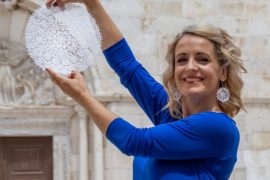This post is also available in: Croatian
This cultural-interpretive walk is carried out as part of the Dalmatia Storytelling destination project. It is dedicated to Petar Hektorović. It takes us back in time, deep into the past, and teaches us how the hand of fate brought Petar Hektorović to Tvrdalj, and how he wrote his ‘’stone book’’ in Tvrdalj. It then points out the reasons that prompted Hektorović to write his famous work “Fishing and Fishermen’s Talk’’, what his favourite cake was, what it was like to live in Stari Grad at the time of the plague, which Saint Roch (Sveti Rok) means to Stari Grad and what Petar’s role in all of that really was. It also tells us about his granddaughter Julija and the famous Tintoretto.
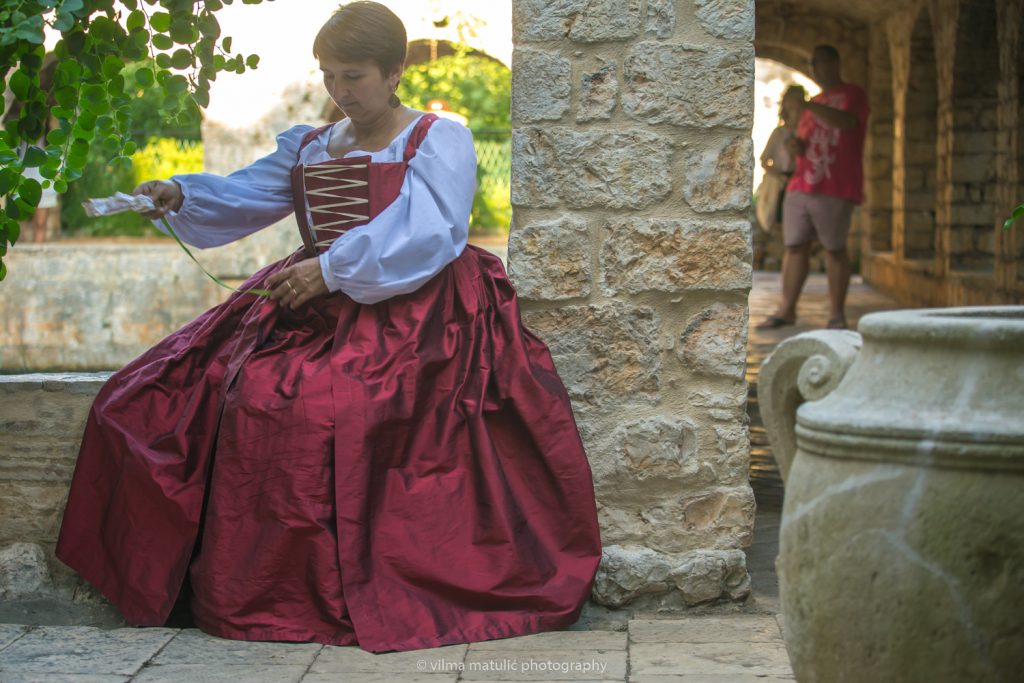

Interpretacijska tura o renesansnom pjesniku Petru Hektoroviću, priča je o osobi koju je iznjedrilo vrijeme
The interpretive tour of the Renaissance poet Petar Hektorović is the story of a person who was born during the awakening and renaissance on the island of Hvar. In a cycle of virtues and abilities, we will discover how he could swim strongly and resourcefully like a fish in their very own pond. Tvrdalj, the ‘’Fishing and Fishermen’s Talk’’ book, the Saint Roch Church and St. Peter the Martyr, is a thematic line that follows his life, actions and eventually – his death.

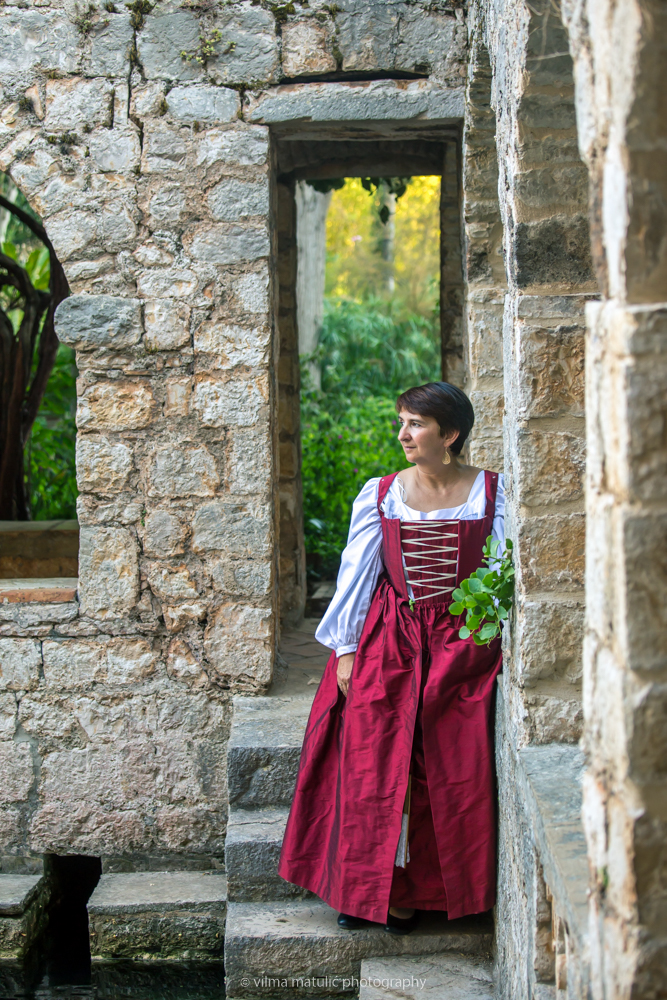
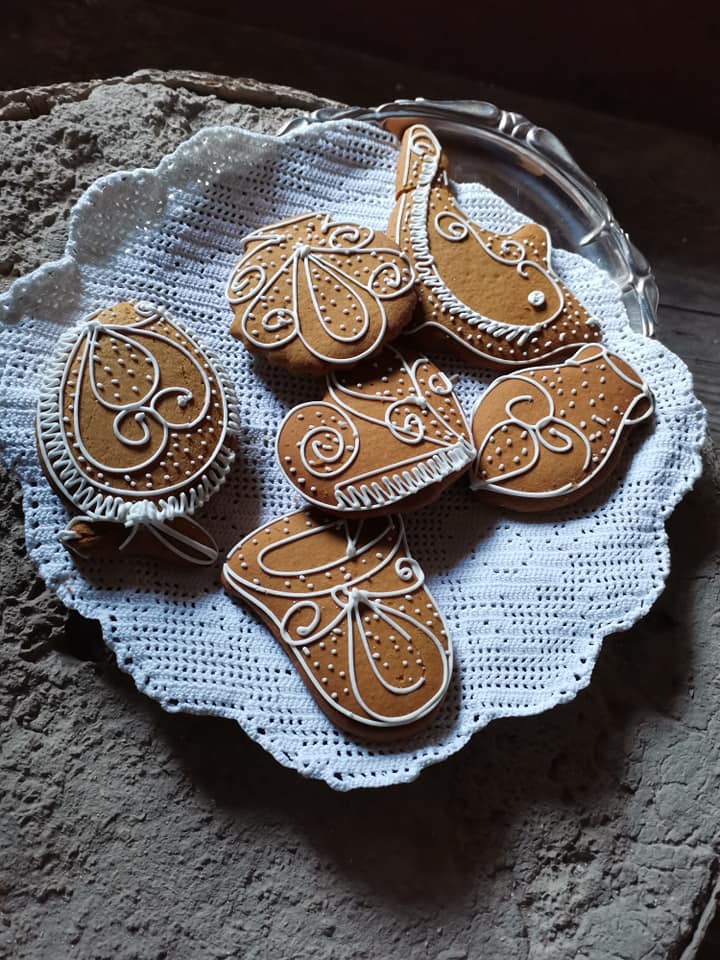
„
“At my Fortress, the fortress which adopted me” begins the story of the life of the famous Renaissance poet and nobleman Petar Hektorović. The saga reveals the details of the situation from life on the island of Hvar way back in the sixteenth century and how, under the scarlet cloak of this most unusual nobleman, and yet a true representative of the Renaissance period, the heart of a man who loved, understood and appreciated people regardless of their class and affiliation, beat strongly.
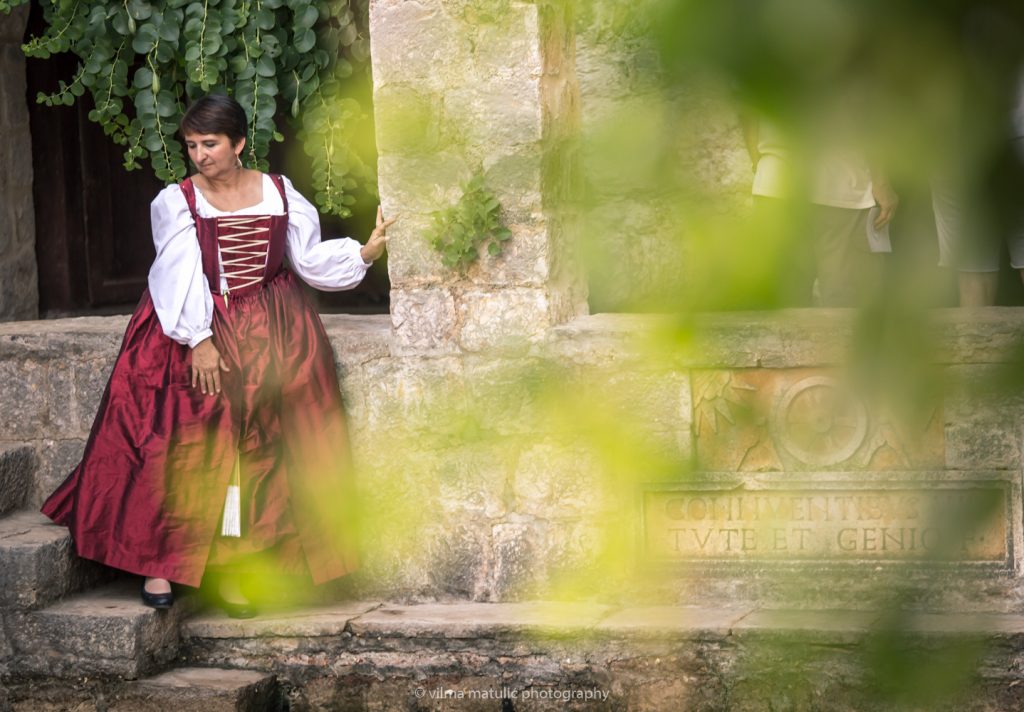

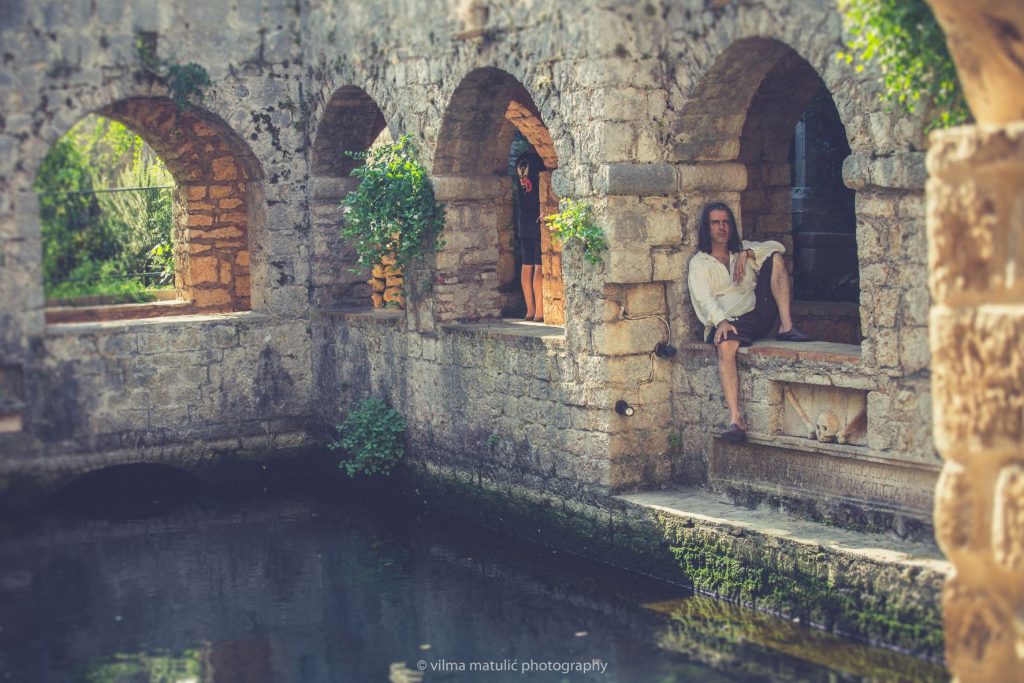
<!– /* Font Definitions */ @font-face {font-family:”Cambria Math”; panose-1:2 4 5 3 5 4 6 3 2 4; mso-font-charset:1; mso-generic-font-family:roman; mso-font-format:other; mso-font-pitch:variable; mso-font-signature:0 0 0 0 0 0;} /* Style Definitions */ p.MsoNormal, li.MsoNormal, div.MsoNormal {mso-style-unhide:no; mso-style-qformat:yes; mso-style-parent:””; margin:0cm; margin-bottom:.0001pt; line-height:115%; mso-pagination:widow-orphan; font-size:11.0pt; font-family:”Arial”,”sans-serif”; mso-fareast-font-family:Arial;} p.normal, li.normal, div.normal {mso-style-name:normal; mso-style-unhide:no; mso-style-parent:””; margin:0cm; margin-bottom:.0001pt; line-height:115%; mso-pagination:widow-orphan; font-size:11.0pt; font-family:”Arial”,”sans-serif”; mso-fareast-font-family:Arial;} .MsoChpDefault {mso-style-type:export-only; mso-default-props:yes; mso-ascii-font-family:Arial; mso-fareast-font-family:Arial; mso-hansi-font-family:Arial; mso-bidi-font-family:Arial;} .MsoPapDefault {mso-style-type:export-only; line-height:115%;} @page Section1 {size:595.45pt 841.7pt; margin:72.0pt 72.0pt 72.0pt 72.0pt; mso-header-margin:36.0pt; mso-footer-margin:36.0pt; mso-page-numbers:1; mso-paper-source:0;} div.Section1 {page:Section1;} –>
Tvrdalj
The starting point of the storytelling tour about Petar Hektorović is the easily visible facade of the Tvrdalj summer house. In front of the building, guests get the impression of the size of the building, which is followed by a story about the no less famous poet. Through the main wooden door you enter the “portego”, a lobby with barrel vaults, numerous antique chests and an attractive toilet area from back in the sixteenth century. Heading out on the south side, you enter the very heart of Tvrdalj, a real microcosm in which all God’s beings are welcome.
Our host, the good spirit of Tvrdalj, teleports us into an oasis of peace and quiet, dominated by a real glittering emerald pond, framed by stone arcades and inscriptions from all over the world.
A view to the north reveals an interesting construction of a gazebo tower and a dovecote. From there we head over to the “glamorous” park. There sits an oval stone table and there is an interpretation of Hektorovic’s famous ‘’Fishing and Fishermen’s Talk’’. In that very place and at that same old stone table, on clear days, Hektorović received friends, and enjoyed singing songs with them, feasting on Stari Grad peppercorns paired with a glass of prosecco. Heading from the park along the corridor to the west, we come to an ethnographic collection with exhibits of typical Hvar cuisine and a tavern where the Hektorović family used to gather together for a meal.
Saint Roch’s Church
This church is ideologically connected to the character and works of Petar Hektorović, who made the designs, financed the construction, and bequeathed the funds for its completion. He built this church and gave it as a gift to his city and his people in need, without whom he would not have completed his stone symphony, his Tvrdalj. Namely, back when the plague was ravaging Europe, people were influenced by St. Roch and sought help, so, Hektorović, being more noble than any other nobleman, decided to build a church with the name of that saint on his own property. In constructing Tvrdalj, Petar Hektorović built a strong friendship with the local people and in that way, he thanked them.
The Church of Saint Peter the Martyr
This church is the final resting place of Petar Hektorović and his mother Katarina. Above the main door of the church is an inscription about the unpleasant events which occurred back in 1571 when the marauding Ottomans attacked all of the major towns on the island of Hvar, including Petar’s own Tvrdalj in beautiful Stari Grad. The museum of the Dominican monastery, which is located within the church itself, preserves the unique Tintoretto altarpiece that once adorned the tomb and altar of the Hektorović family. The motif on the altarpiece “The Lamentation of Christ” hides an interesting fact within, and is therefore an unmissable point of interest for every single visitor.
This concludes the interpretive walk and the thematic line that follows and honorus the life, work and the death of Petar Hektorović.
Interpreter: Klaudija Gamulin

This post is also available in: Croatian




